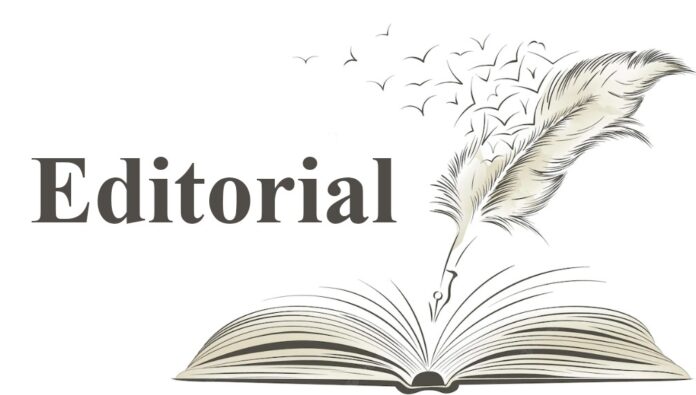By The Editor
Women who constitute about half of world’s population have been subjected to various forms of suppression and oppression for centuries in patriarchal-dominated societies and till date the situation remains same or slightly changed in many countries. Even in affluent countries like the United States (US) women had struggle ceaselessly over the past 200 years with growing success. During the early 1800’s when many citizens felt that slavery was wrong only men were permitted to voice their opinions openly and freely but women were prohibited to do so and were not allowed to travel outside their homesteads to persuade others. After slavery was abolished, many people who were members of the abolitionist movement took up the issue of women’s suffrage or their right to vote. After long struggle, Congress passed the Nineteenth Amendment to the Constitution in 1920 allowing women to vote. In United Kingdom women won the right to vote in 1928. Prior to these, only New Zealand in 1900 allowed women to vote and by 1918, 10 countries followed suit and at present the number has crossed more than a hundred which continues to increase.
Women’s rights to education is of prime importance and this creates awareness who in turn
become strong advocates of gender equality. Sadly the change is slow and has not kept pace with other advancements. Gender inequality is world-wide phenomenon though it is much more evident in developing countries of Asia and Africa, India not excluding in spite of the fact that its Constitution guarantees equal rights and opportunities to women also. It is therefore expected that all political parties encourage and promote qualified women to take up mantle of responsibilities in political arena too and share the burden of nation-building. According to data, average number of women MLAs (Members of Legislative Assembly) in assemblies across the nation is only eight per cent. At the same time, shares of women MPs (Members of Parliament) in Lok Sabha and Rajya Sabha are respectively about 15 per cent and 14 per cent only. In recently-held assembly election in Himachal Pradesh only one woman has been elected.
The much publicized agenda since the Congress-led UPA (United Progressive Alliance)
government many years back with provision to reserve 33⅓ per cent for women in assembly and parliamentary elections has been kept in cold storage. The subject was recently raised by Trinamool Congress (TMC) MP in Lok Sabha, Abhishek Banerjee who also asked the Centre about steps it has taken to increase their overall representation and whether it has any plan of bringing women’s Reservation Bill in Parliament. Various political parties like Biju Janata Dal (BJD), Shiromani Akali Dal (SAD), Janata Dal United (JD-U) beside TMC have asked the government to introduce and pass the Women’s Reservation Bill afresh in Parliament. During current winter session of Parliament, Rajya Sabha Member of BJD Dr. Sasmit Patra has asked the Centre that the Bill be immediately passed and no longer delayed.


